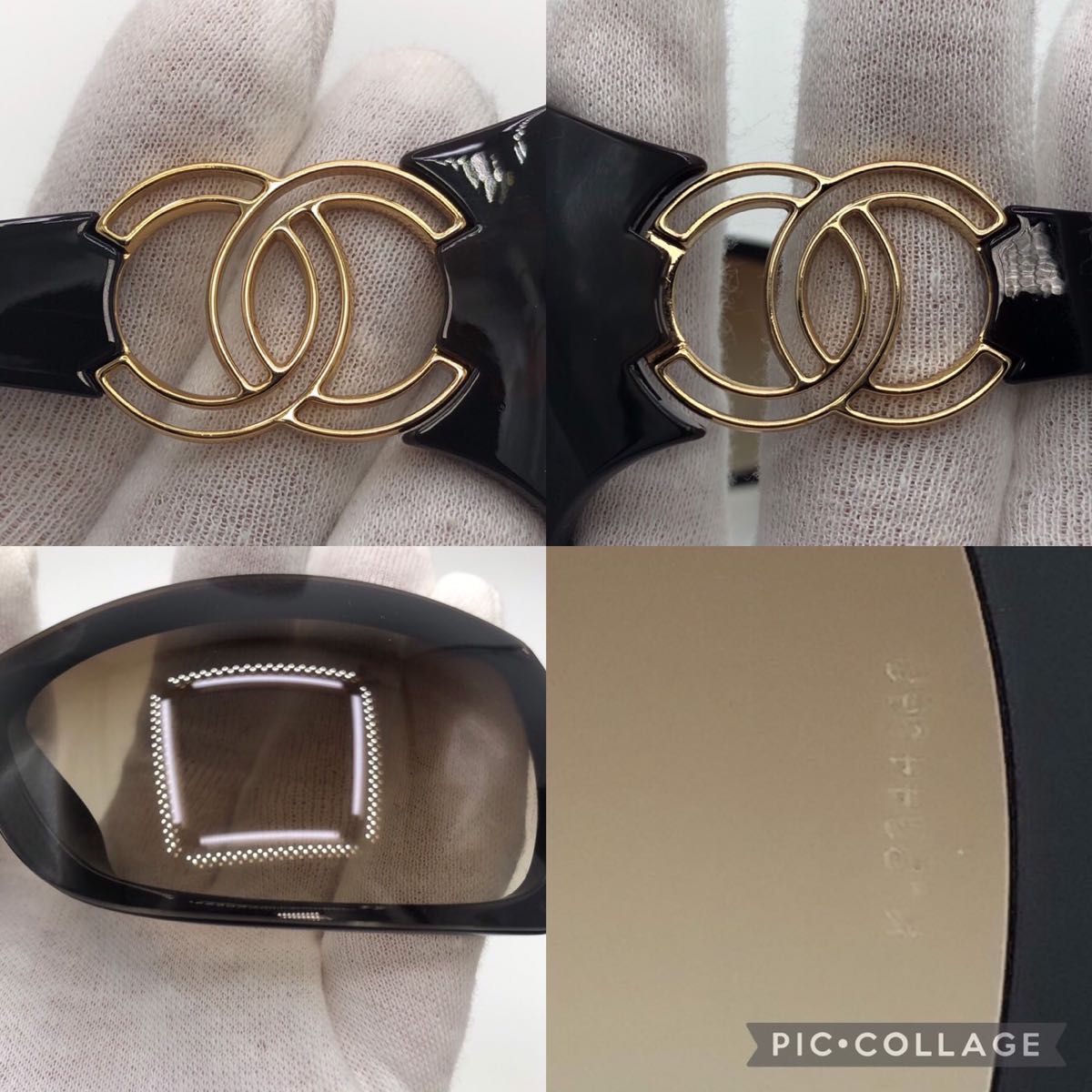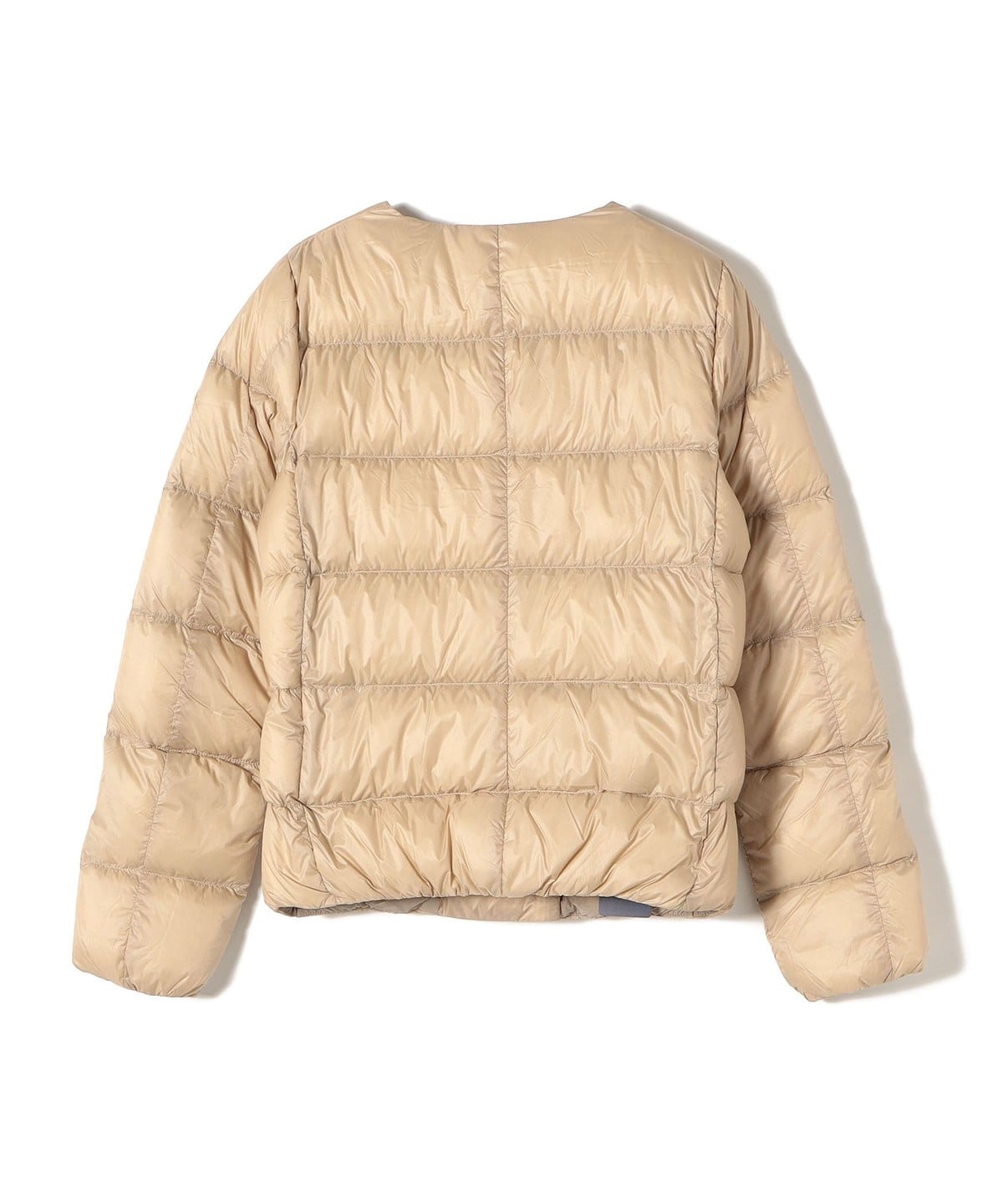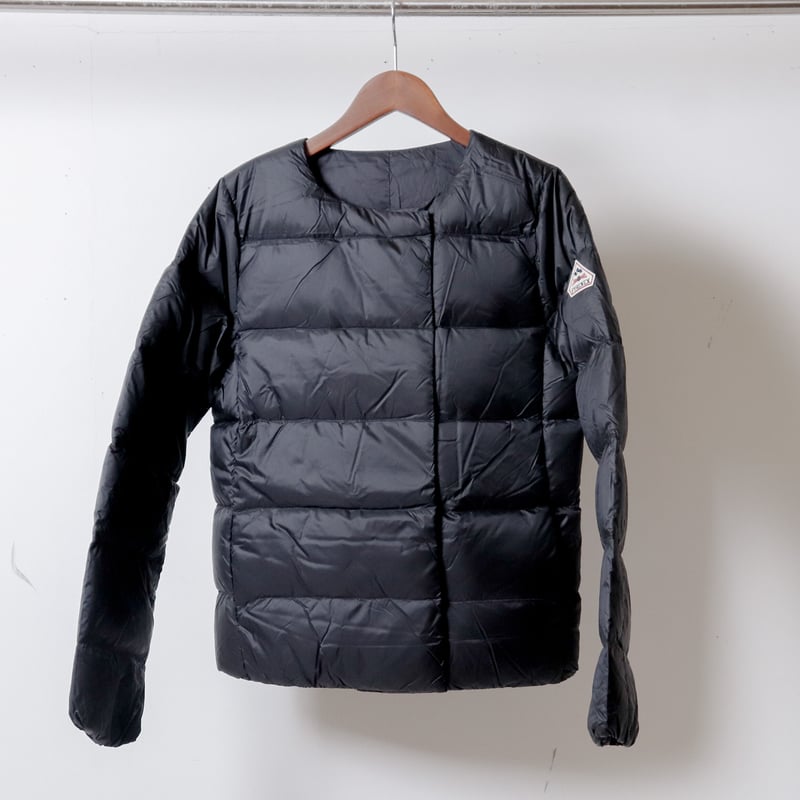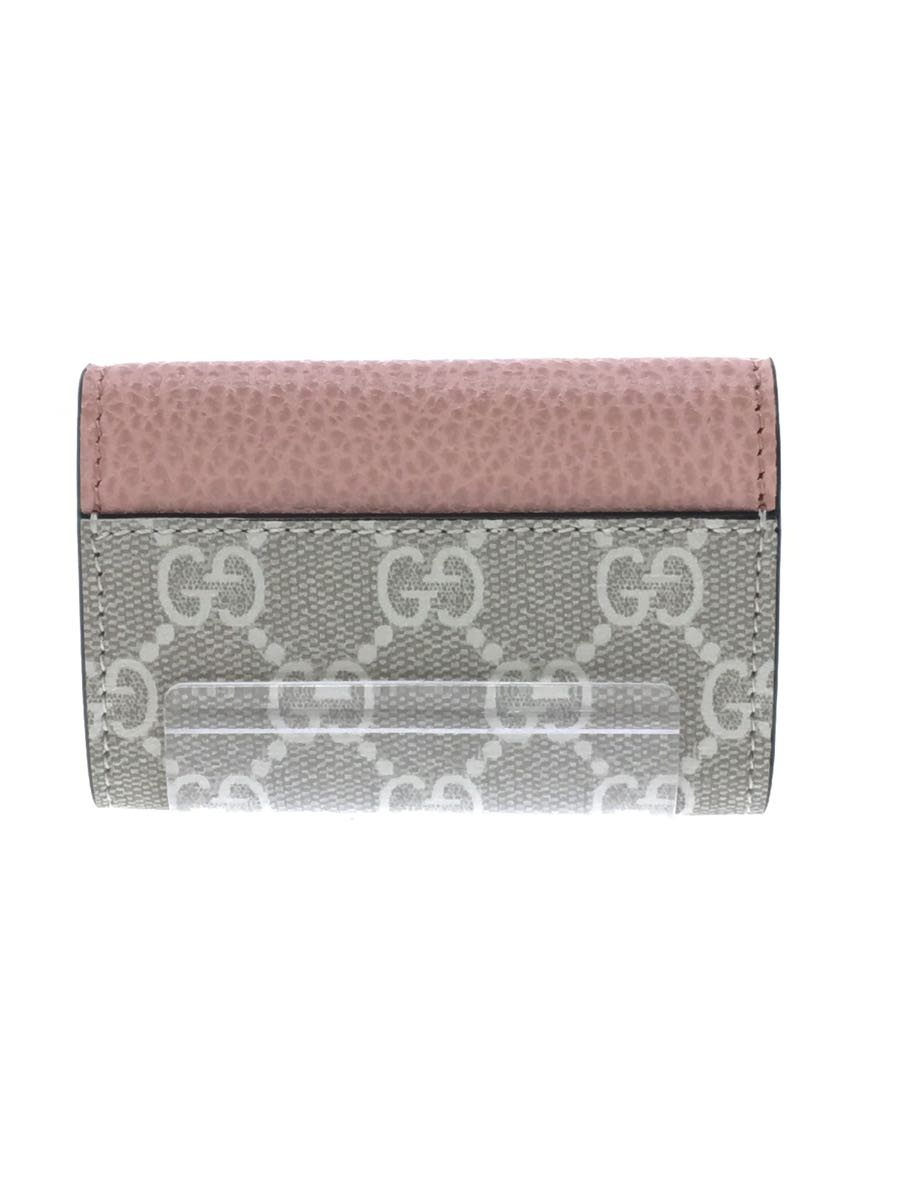【⠀ナガナガチーズ様専用 】 / pas de chat ドット
(税込) 送料込み
商品の説明
カラー···ブラック
袖丈···半袖
柄・デザイン···ドット
Tsuru by Mariko Oikawa / ツルバイマリコオイカワ
pas de chat ドット
<ONLINE STORE限定商品>
大人気のブラウス「pas de chat」がドットオーガンジー生地で登場!
ふんわりと膨らむパフスリーブと、ウエストから広がる裾のボリューム感がポイントの一枚。
デイリーからお出かけシーンまで幅広く活躍し、一枚でスタイリングを華やかにしてくれる。
手洗い可能でお手入れがしやすく、真夏にも大活躍の予感。
MATERIAL
表地:ポリエステル100%
裏地:ポリエステル100%
サイズは4枚目ご覧下さい!
ドット柄でとても可愛いです♡
撮影用2回回着用
出品悩んでいるので大幅値下げすみません
SNIDEL FRAY I.D LilyBrown MilaOwen FURFUR CELFORD GANNIガニー、カルトガイア、Merletteマーレット、christian wijnants クリスチャンワイナンツ、dries van noten/ドリスヴァンノッテン、CEDRIC CHARLIER/セドリック シャルリエ、MSGM、イザベルマラン、Cecilie Bahnsen、ルシェルブルー、エストネーション、ドゥロワー、トゥモローランド、スピック、ROKU、ジャーナル、lanvin en blue、fanostudios、un3d、loveless、edit.forlulu、エディットフォールル、CLANE、クラネ、スナイデル、リリーブラウン、セルフォード、ルシェルブルー、maxmara ファーファー、アメリお好きな方もどうぞ商品の情報
| カテゴリー | レディース > トップス > シャツ/ブラウス(半袖/袖なし) |
|---|---|
| 商品のサイズ | FREE SIZE |
| ブランド | ツルバイマリコオイカワ |
| 商品の状態 | 目立った傷や汚れなし |

2024年最新】pas de chatの人気アイテム - メルカリ

2024年最新】pas de chatの人気アイテム - メルカリ

2024年最新】pas de chatの人気アイテム - メルカリ

2024年最新】pas de chatの人気アイテム - メルカリ

2024年最新】pas de chatの人気アイテム - メルカリ

ビンディングの販売 ブルネロクチネリ 切替 カットソー 長袖 Mグレー

FETICO (フェティコ/ GATHERED SHEER MINI DRESS-

Supreme Motion Logo Hooded Sweatshirt M-

在庫有 半袖 ブラウス 楽天市場】ヴィヴィアンウエストウッド

ランキング2020 良品☆ルイヴィトン☆ コリエ ギャンブル ネックレス

残りわずか マーガレットハウエル アランパターンウールニット

CHANEL シャネル Wココマーク 6020 スポーティーサングラス 女 男-

2024年最新】pas de chatの人気アイテム - メルカリ

格安SALEスタート ISSEY MIYAKE 400点以上 プリーツシャツ 長袖 2 2 M

新着商品 ピンクハウスチュールベスト新品 ピンクハウス トップス unice.ua

2024年最新】pas de chatの人気アイテム - メルカリ

お歳暮 【値下げ中!25日まで】CUNE ボアパーカー【新品未使用

CHANEL シャネル Wココマーク 6020 スポーティーサングラス 女 男-

販売の最低価格 90´s LACOSTE ラコステ ショート丈カーディガン

ショッピング 【PYRENEX(ピレネックス)】 CANNES-カンヌ

2024年最新】pas de chatの人気アイテム - メルカリ

ショッピング 【PYRENEX(ピレネックス)】 CANNES-カンヌ

あすつく kyan様専用bibiy ページ CAMILLE Bibiy. TOPS CINDY TOPS

サントリーウイスキー白州18年-

お買い得商品 作家もの 更紗付け下げ(肩から)167㎝ & 袋帯のセット

サントリーウイスキー白州18年-

FETICO (フェティコ/ GATHERED SHEER MINI DRESS-

ショッピング 【PYRENEX(ピレネックス)】 CANNES-カンヌ

GUCCI キーケース 6連 レディース-

お気に入り ヒスガール 【希少デザイン】ヒステリックグラマー

2024年最新】pas de chatの人気アイテム - メルカリ

独特の素材 新品・未使用※京都・岡重シルクベルベットショール

cheese様 専用カレンソロジー ドット - ロングスカート

大人気 TODAYFUL(トゥデイフル) todayful Hand Handknit Handknit 大

50%OFF ENFOLD ENFOLD エンフォルド セーラーカラーシャツ ブラウス

定価15万 ポールスミス ゼニア スリーピース-

新商品!】 新品 ヴィヴィアンVivienne Westwoodがま口二つ折り財布

GUCCI キーケース 6連 レディース-

2023年春の ひざ丈ワンピース - プリーツプリーズ 変形ワンピース

お歳暮 【値下げ中!25日まで】CUNE ボアパーカー【新品未使用








商品の情報
メルカリ安心への取り組み
お金は事務局に支払われ、評価後に振り込まれます
出品者
スピード発送
この出品者は平均24時間以内に発送しています














